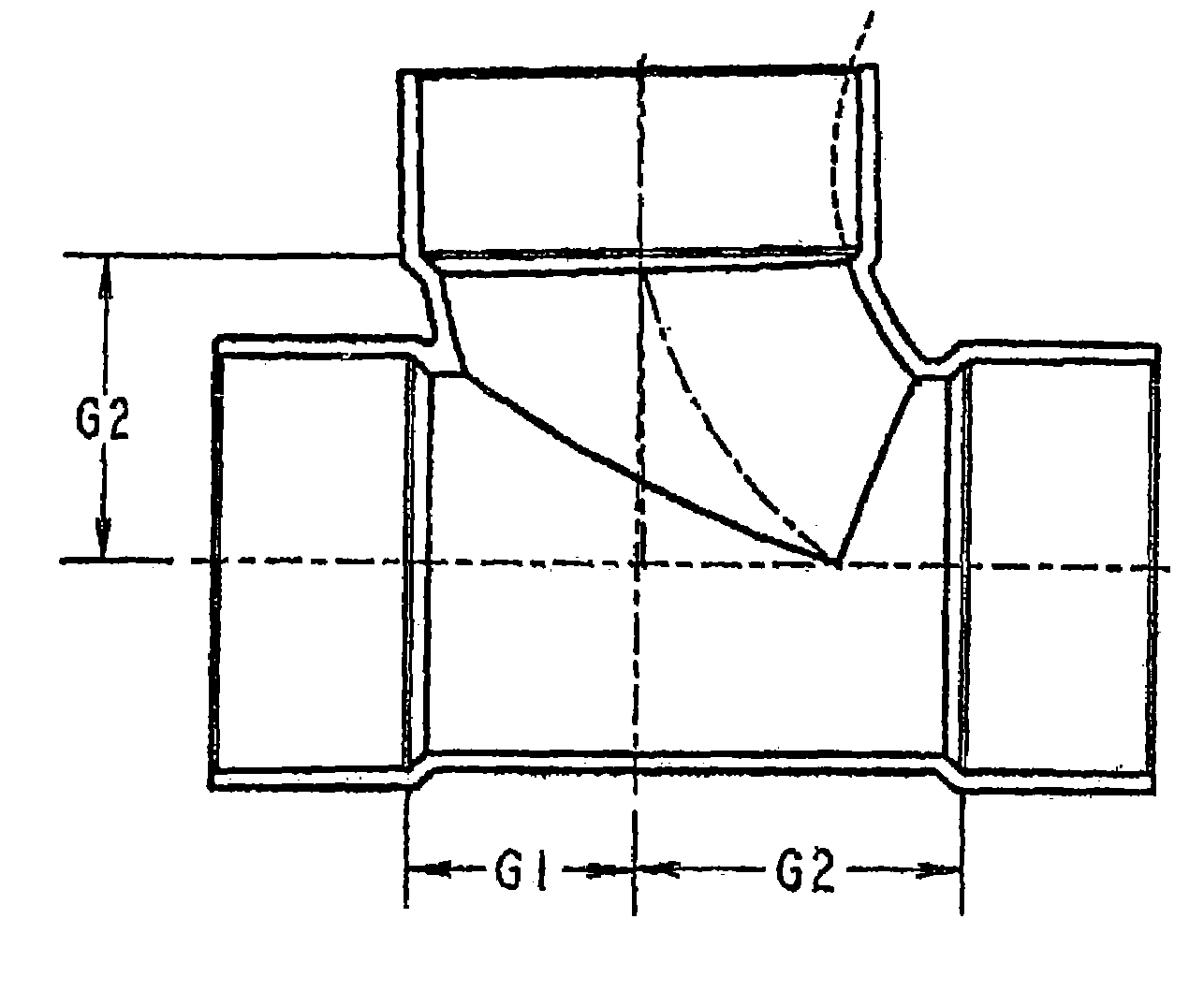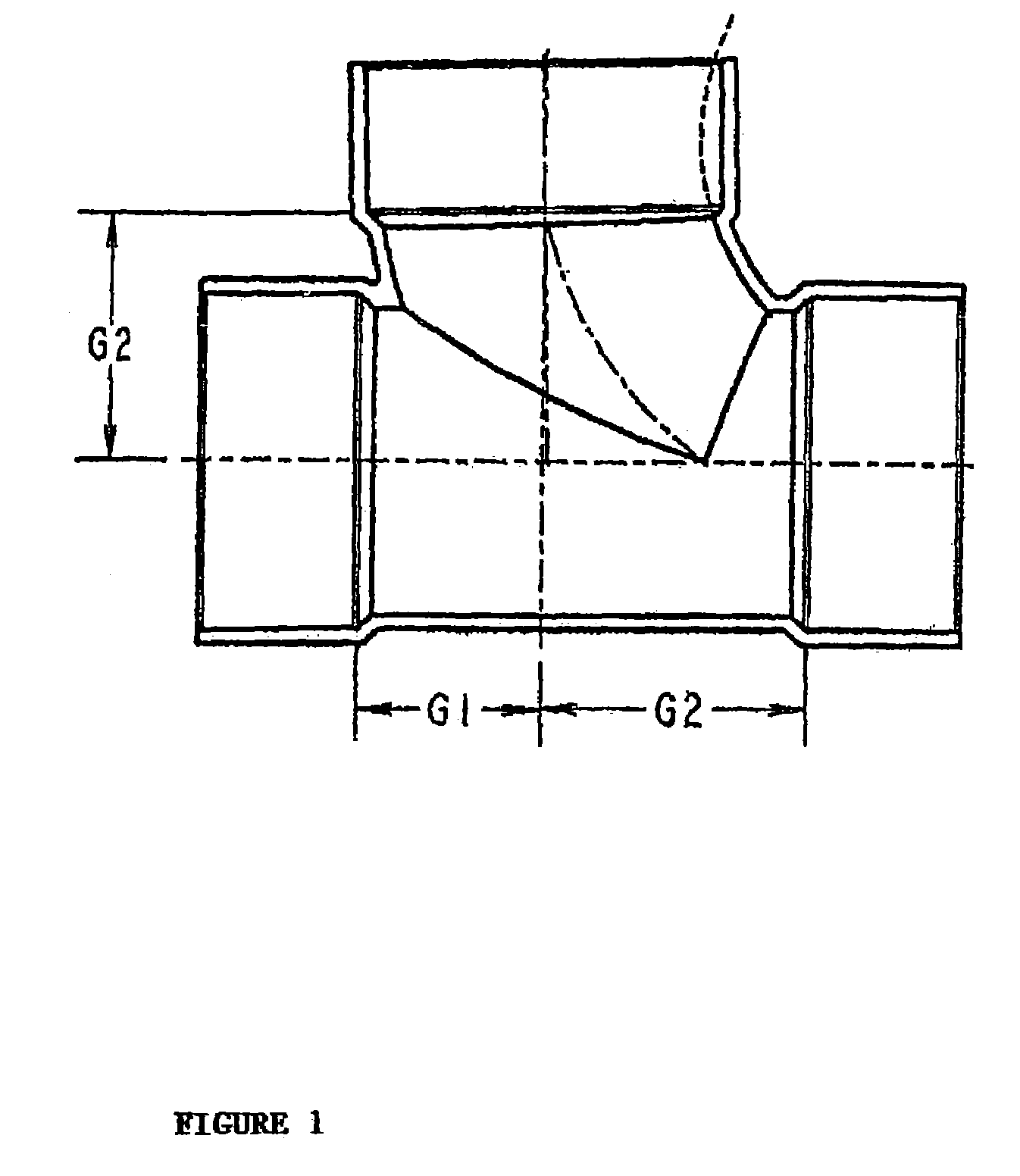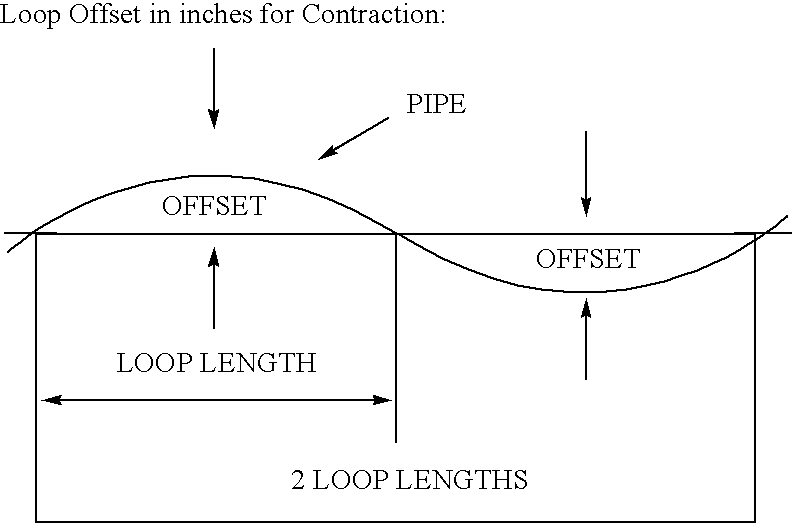CPVC drain waste and vent fittings
a technology applied in the field of drain waste and vent fittings, can solve the problems of prone to leakage, cumbersome and time-consuming installation of present fittings, and time-consuming mechanical joining methods
- Summary
- Abstract
- Description
- Claims
- Application Information
AI Technical Summary
Benefits of technology
Problems solved by technology
Method used
Image
Examples
example
[0043]An example of a special drainage system for corrosive chemical or acid waste according to the present invention was manufactured from CPVC Type IV material, ASTM D 1784 Cell Classification 23447. All pipe fittings and solvent cement were supplied together as a system, as Spears® Manufacturing Company, 15853 Olden Street, Sylmar, Calif. 91342. Spears® LabWaste™ CPVC Corrosive Waste Drainage Systems were manufactured to the following applicable portions of ASTM Standards:
[0044]
Applicable Conformance StandardsStandard SpecificationConformance CriteriaApplicable Standardor Practice TitleProduct CertificationNSF Standard 14 Special EngineeredStandard14: Plastics Piping(3rd party approval to criteria(SE) product certification forSystem Components andspecified below)corrosive waste end useRelated Material,NSF-cw S.E. Certified tospecified conformancestandards & specificationsMaterialD1784, cell class 23447 (CPVC)D1784: StandardSpecification for RigidPoly(Vinyl Chloride) (PVC)and Chlo...
PUM
| Property | Measurement | Unit |
|---|---|---|
| Fraction | aaaaa | aaaaa |
| Length | aaaaa | aaaaa |
| Length | aaaaa | aaaaa |
Abstract
Description
Claims
Application Information
 Login to View More
Login to View More - R&D
- Intellectual Property
- Life Sciences
- Materials
- Tech Scout
- Unparalleled Data Quality
- Higher Quality Content
- 60% Fewer Hallucinations
Browse by: Latest US Patents, China's latest patents, Technical Efficacy Thesaurus, Application Domain, Technology Topic, Popular Technical Reports.
© 2025 PatSnap. All rights reserved.Legal|Privacy policy|Modern Slavery Act Transparency Statement|Sitemap|About US| Contact US: help@patsnap.com



